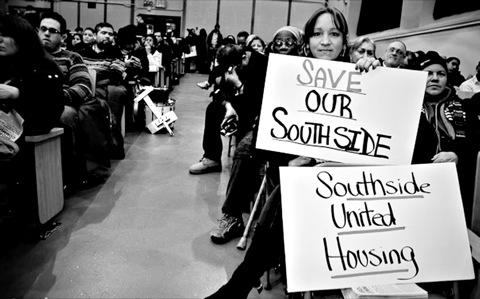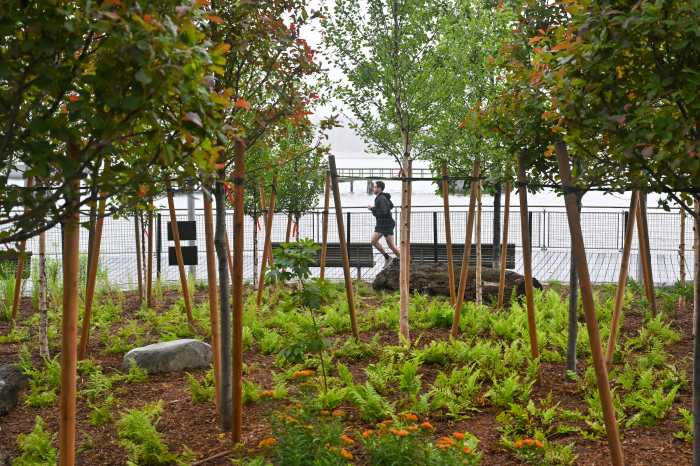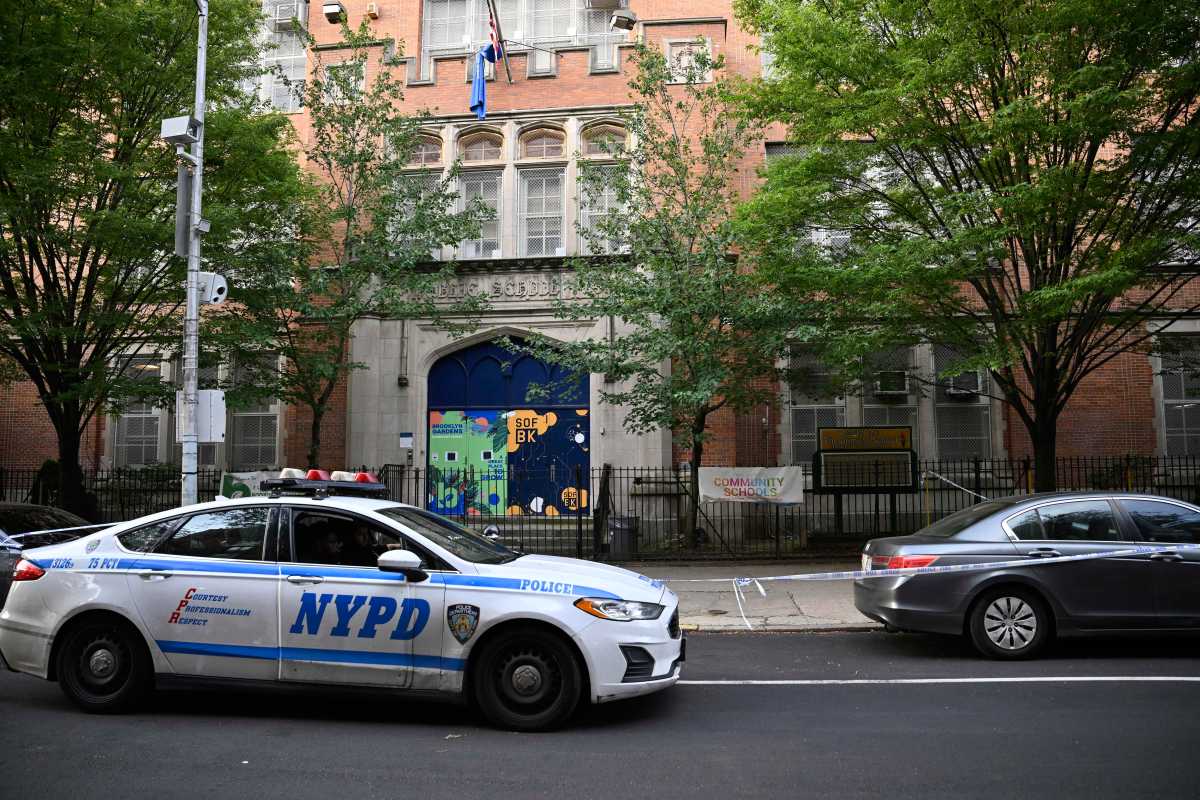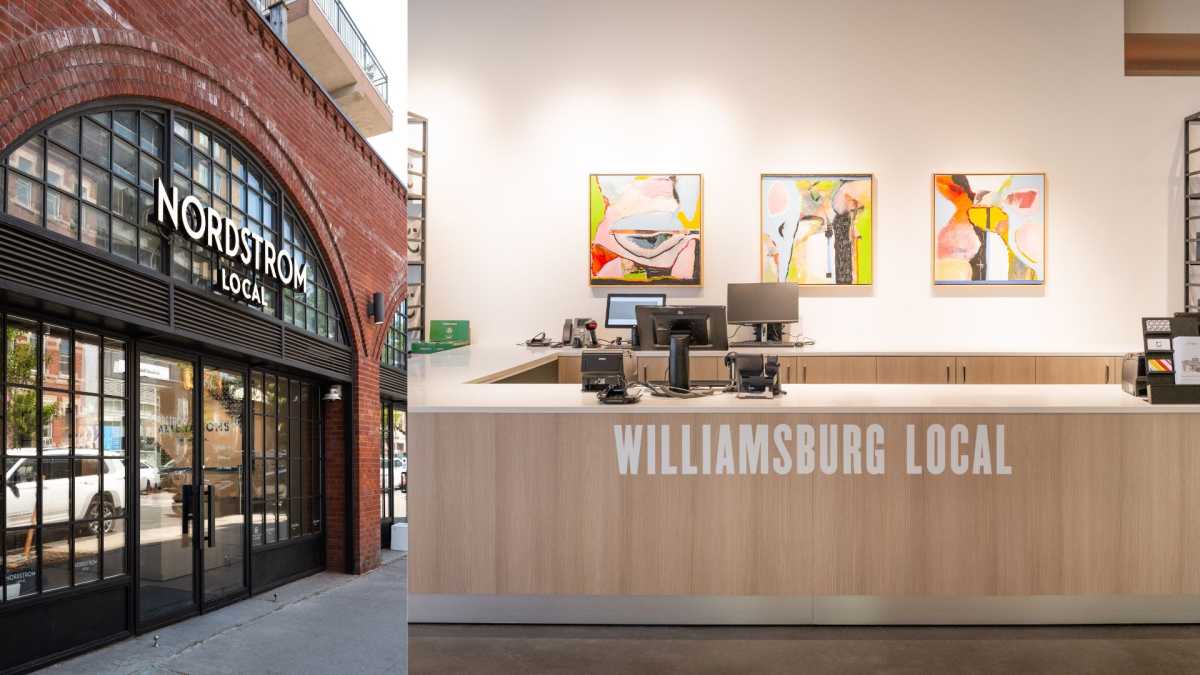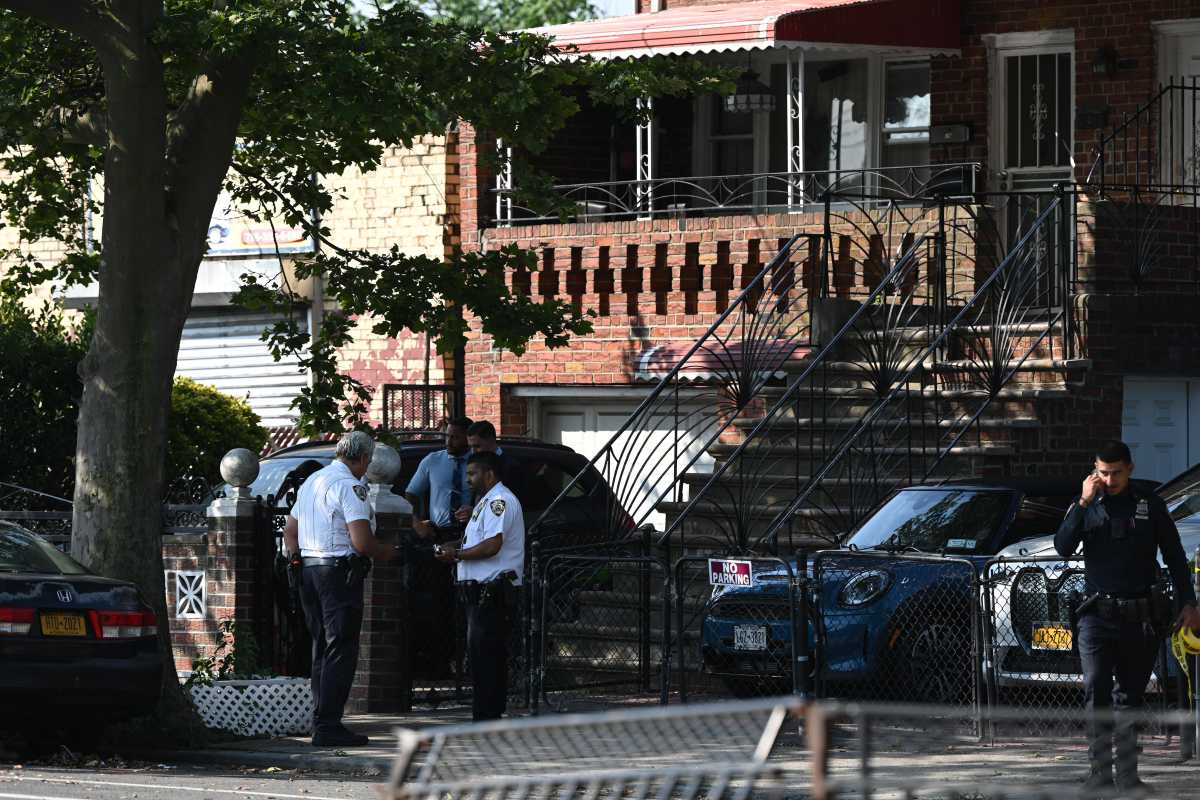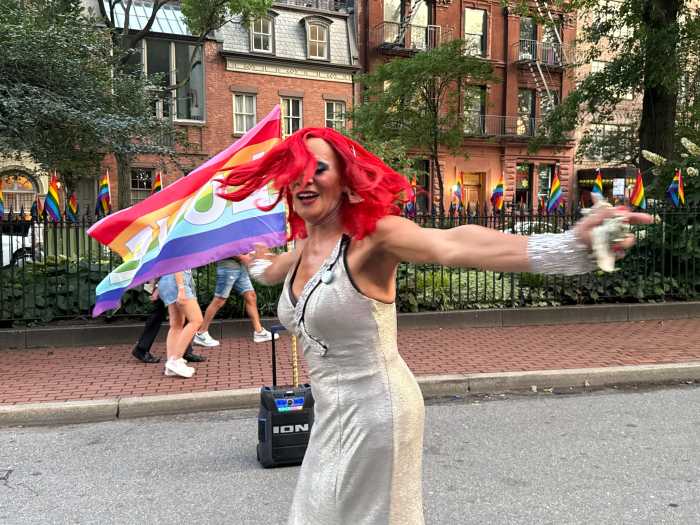The latest front on the divisive community war surrounding the Broadway Triangle, the large tract of land bordering Williamsburg, Bushwick, and Bedford−Stuyvesant, will take place before Community Board 1 next month.
Last week, the Department of City Planning certified a plan drawn up by the Department of Housing Preservation and Development (HPD) to rezone the currently industrial Triangle into residential and mixed−use. With the plan certified, it will go through the ULURP public review process. Its first stop will be June’s Community Board 1 meeting.
The rezoning covers a nine−block area totaling around 18 acres, generally bounded by Flushing Avenue to the south, Throop Avenue to the east, Lynch Street to the north, and Union Avenue, Walton Street, and Harrison Avenue to the west.
The plan is expected to create 1,850 units of housing, around 950 of which would be affordable. It would also include around 100,000 square feet of retail space and 35,500 square feet of community facility space.
It has become the subject of intense controversy in the community. Many residents and community organizations have complained that the process surrounding the rezoning was taken over by political interests.
They point to non−profit organizations like the Ridgewood−Bushwick Senior Citizens Council (RBSCC) and the United Jewish Organizations or Williamsburg getting contracts to develop the affordable housing, at the exclusion of other community non−profits. RBSCC was founded by Assemblymember Vito Lopez, a supporter of the project, who maintains close ties to the organization. UJO is considered a political ally of the powerful Lopez, who is Chair of the Assembly Housing Committee.
HPD and Lopez have steadfastly denied such claims. Lopez has pointed to the track record that Ridgewood−Bushwick and UJO have at developing large−scale affordable housing, saying these organizations give the project the best chance of accomplishing its goals of creating affordable housing.
But critics – who have coalesced into a group calling itself the Broadway Triangle Community Coalition (BTCC) – claim the plan doesn’t create enough affordable housing in a neighborhood whose residents have been displaced in droves in recent years.
While the HPD plan calls for mostly R7−A zoning, for instance, which enables buildings up to eight stories tall, the BTCC plan calls for buildings as tall as 20 stories to maximize affordable housing.
Additionally, the BTCC wanted the large property owned by Pfizer to be included in the rezoning.
In February, the BTCC called upon HPD to halt its Environmental Impact Statement (EIS) – the basis of the current plan – until its concerns were taken into account. BTCC members reacted with disappointment when the EIS was certified by City Planning.
“For HPD to sit with us in February and listen to the concerns of the community and then turn around and totally disregard the need to include the Pfizer properties into the EIS is a clear indication of an agency not looking to better Brooklyn but to help a few politically connected groups,” said Rob Solano, a member of the BTCC.
HPD spokesperson Seth Donlin said the agency did consider the BTCC’s alternative plan. He said that building 20−story buildings would be out of context with the surrounding neighborhood and would place a strain on the neighborhood’s resources.
“Increased density is in conflict with the character of the neighborhood and could present a conflict in terms of density,” Donlin said.
Lopez has said including Pfizer into the rezoning area would be counterproductive because it would drastically increase the value of the property and make it more difficult for the city to acquire it.
The issue has divided the area’s elected officials. Opponents of the HPD plan include Councilmember Diana Reyna, along with Reps. Nydia Velazquez and Edolphus Towns.


